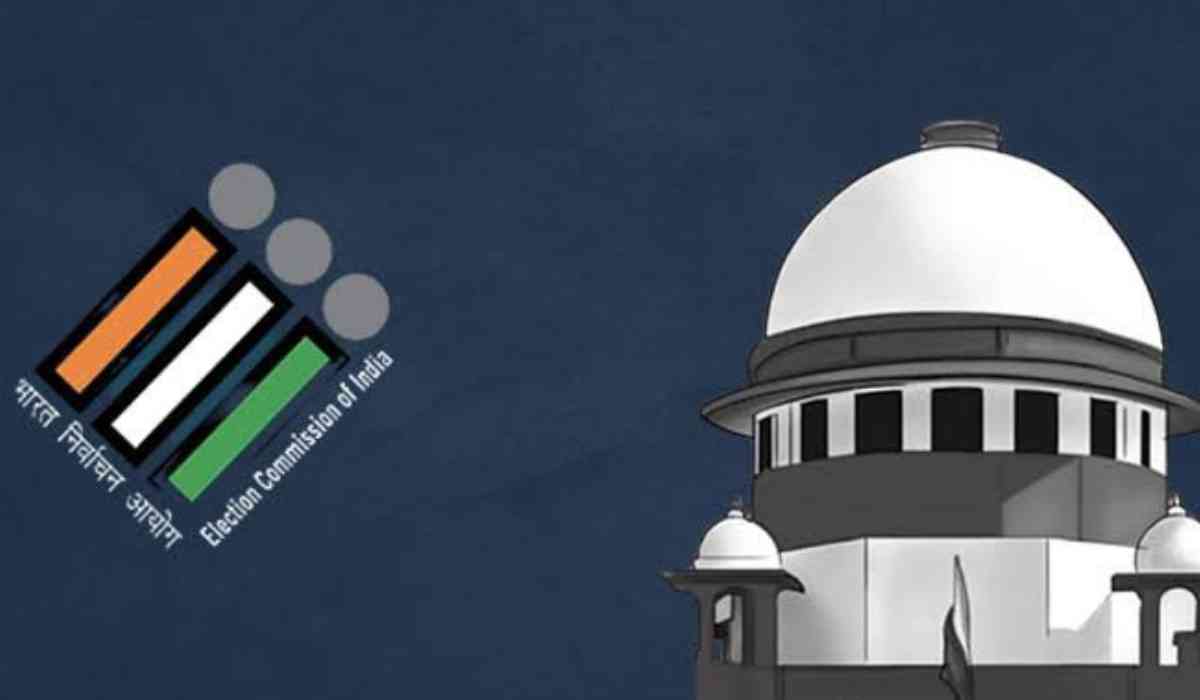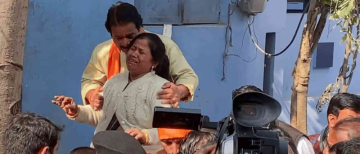Ahead of Lok sabha elections, the Supreme Court was hearing Petitions filed, requesting the cross-verification of votes cast on Electronic Voting Machines (EVM) with paper slips generated through the VVPAT system.
"This is (an) electoral process. There has to be sanctity. Let nobody have apprehension that something which is expected is not being done," the Supreme court bench of Justice Sanjiv Khanna and Justice Dipankar Datta said to the Election Commission of India directing them to explain in detail the steps followed to ensure free and fair polls, on the allegations of Advocate Prashant Bhushan.
Advocate Prashant Bhushan’s Allegations
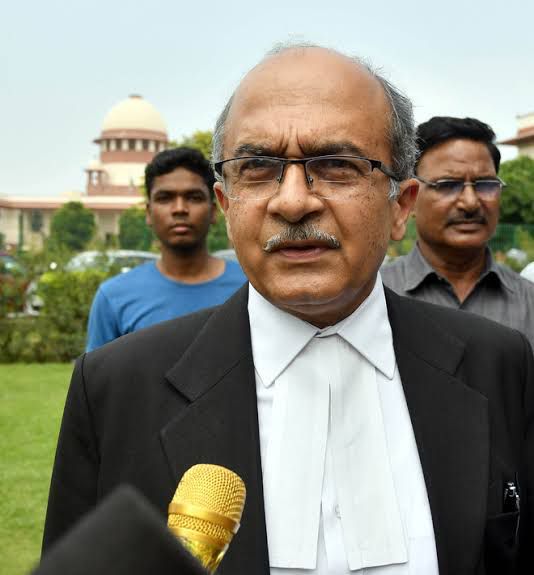
Senior advocate Prashant Bhushan made an allegation claiming that during a mock poll in Kasaragod, Kerala, four EVMs were registering an additional vote for the Bharatiya Janata Party.
Before the bench of Justice Sanjiv Khanna and Justice Dipankar Datta, the Election Commission had one election official present to respond to inquiries, while Advocate Maninder Singh represented the poll body.
The court asked Mr Singh to explain this. The Election Commission argued that the report is completely false.
The poll body explained that during the voting process, the EVM's control unit instructs the VVPAT unit to print its paper slip, as stated by Mr. Singh. This slip remains visible to the voter for seven seconds before being deposited into a sealed box. Additionally, the machines undergo inspection in the presence of engineers before polling begins.
The Supreme Court on Thursday, following Bhushan’s allegation directed the Election Commission of India (ECI) to look into the matter, stating, “There has to be sanctity.”
What were Petitioners’ Request - VVPAT Machine
Advocate Nizam Pasha, representing one of the petitioners, suggested that voters should be permitted to take the VVPAT slip after casting their votes and then deposit it in a separate ballot box. However, Justice Khanna inquired whether this procedure might compromise the privacy of the voter.
Mr Pasha replied, "Voter privacy cannot be used to defeat voter's rights."
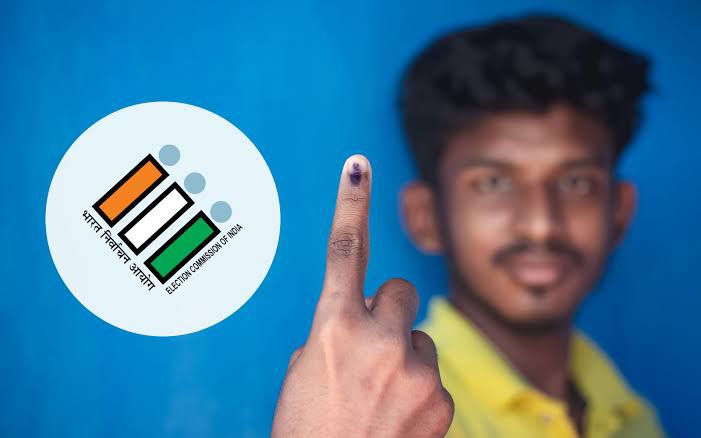
Advocate Prashant Bhushan then said that the light on the VVPAT machine should remain on at all times -- it now stays on for seven seconds. "One possible solution is if they can't change glass at this stage, at least the light should remain on at all times, so I can see the slip cutting and falling. No privacy will be compromised.”
Senior Advocate Sanjay Hegde, also appearing for petitioners, said there should be a separate audit to add greater credibility to the counting process.
Supreme Court Questions Election Commission
The Supreme court asked ECI, if there was any software in the VVPAT printer, the poll body confirmed that there is no software in the VVPAT printer.
ECI added, each VVPAT has a 4-megabyte flash memory to store symbols. The returning officer prepares electronic ballots, which are loaded into the symbol loading unit. This unit assigns a serial number, candidate name, and symbol, with no preloaded data—it's in image format.
The court further questions whether this unit is sealed to prevent tampering, to which the Election Commission responded that currently, no such sealing process is implemented.
The Election Commission told the court that all voting machines pass through the mock poll process. "Candidates are allowed to pick up randomly 5 per cent machines. The process is repeated on poll day. VVPAT slips are taken out, counted and matched. All machines have different kinds of paper seals. At the time when a machine arrives for counting, the seal number can be checked," an official said.
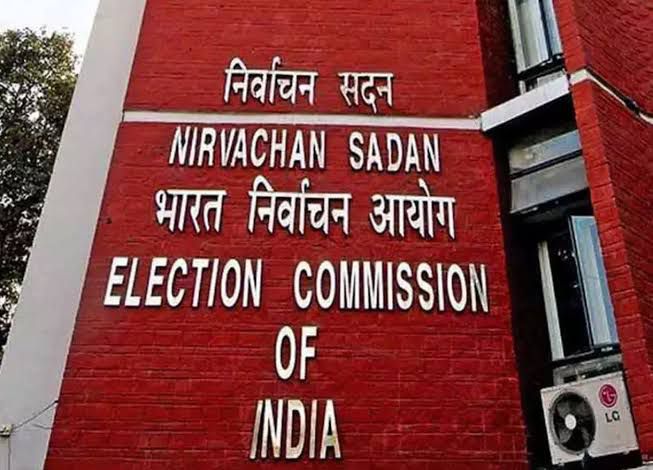
When the court asked about how a voter can verify if their vote has been cast, the official replied that the poll body conducts awareness programs for this purpose. Additionally, the Election Commission stated that voting machines are allocated to constituencies randomly. "No spurious unit can be connected (to them). They will only recognise sister units."
The Election Commission clarified the court that the voting machines operate on firmware, and the program cannot be altered. These machines are stored in strongrooms that are sealed in the presence of political party representatives. After polling concludes, the machines are returned to the strongrooms, which are then sealed in the presence of candidates. On the day of counting, these strongrooms are opened in the presence of the candidates.
When the court questioned why counting VVPAT paper slips takes longer and whether machines could be utilised for this purpose, the election body explained that the paper used for VVPAT slips is thin and adhesive, not intended for counting by machines.
The Supreme Court said there is a trust factor. "There seems to be some disconnect between what you are telling us and what is available in the public domain. That needs to be bridged," it said. The poll official replied, "We have nothing to hide."
"Voter trust is to be maintained and protected. How do we ensure integrity of (the) entire mechanism?" the court asked. "We will update FAQs," the poll body replied.
Supreme Court restored Faith In EVM
Opposition filed petitions raising doubts about the functioning of EVMs and advocating for 100% counting of VVPATs, the Election Commission informed the Supreme Court that there are individuals with vested interests who are attempting to discredit the current system, which is functioning effectively. The Election Commission's counsel said the petitioners' request for a return to ballot paper voting system is a "retrograde suggestion".
After hearing and questioning the ECI, Supreme court told the petitioners, "You need not understand the technical elements. Voter has to be satisfied with the explanation given by ECI. The Evidence Act also says official acts are normally presumed to be done validly."
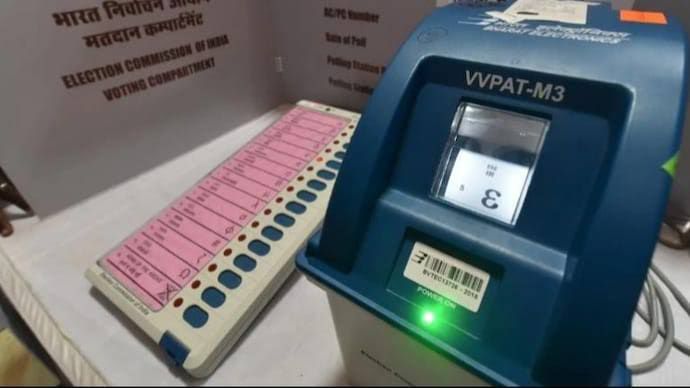
To Mr Bhushan, the bench said, "Now you're going too far. Everything can't be suspected. Please also appreciate if they have done something good. We heard you because we are also concerned. Does everything have to be explained to you?"
When a petitioner's counsel highlighted that many developed countries have abandoned the EVM voting system, the Supreme Court responded, "Don't think that foreign countries are more advanced than India."
While reposing full faith in EC and existing voting system, SC bench of Justices Gogoi, Deepak Gupta and Sanjiv Khanna had said, “If number of EVMs which are subjected to verification of paper trail can be increased to a reasonable number, it would lead to greater satisfaction amongst not only political parties but entire electorate… We are of the view that if number of EVMs in respect of which VVPAT paper slips is to be subjected to physical scrutiny is increased from 1 to 5, additional manpower that would be required would not be difficult for the ECI to provide nor would the declaration of the result be substantially delayed.”
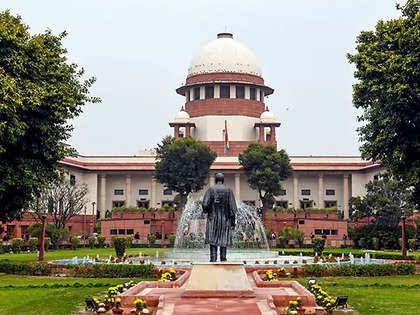
What is VVPAT?
VVPAT, or the Voter Verified Paper Audit Trail, provides voters with the ability to verify that their vote has been accurately cast and attributed to their chosen candidate. This system generates a paper slip, securely stored for reference in case of disputes or discrepancies. Currently, VVPAT slips from five randomly selected EVMs in every Assembly segment are verified. This measure aims to address doubts and apprehensions surrounding the EVM voting system.
A bench led by Justice Khanna is handling a petition that seeks 100% counting of VVPAT slips, reserved the order after hearing arguments from both sides.
(Inputs from Multiple Agencies)
©️ Copyright 2024. All Rights Reserved Powered by Vygr Media.

